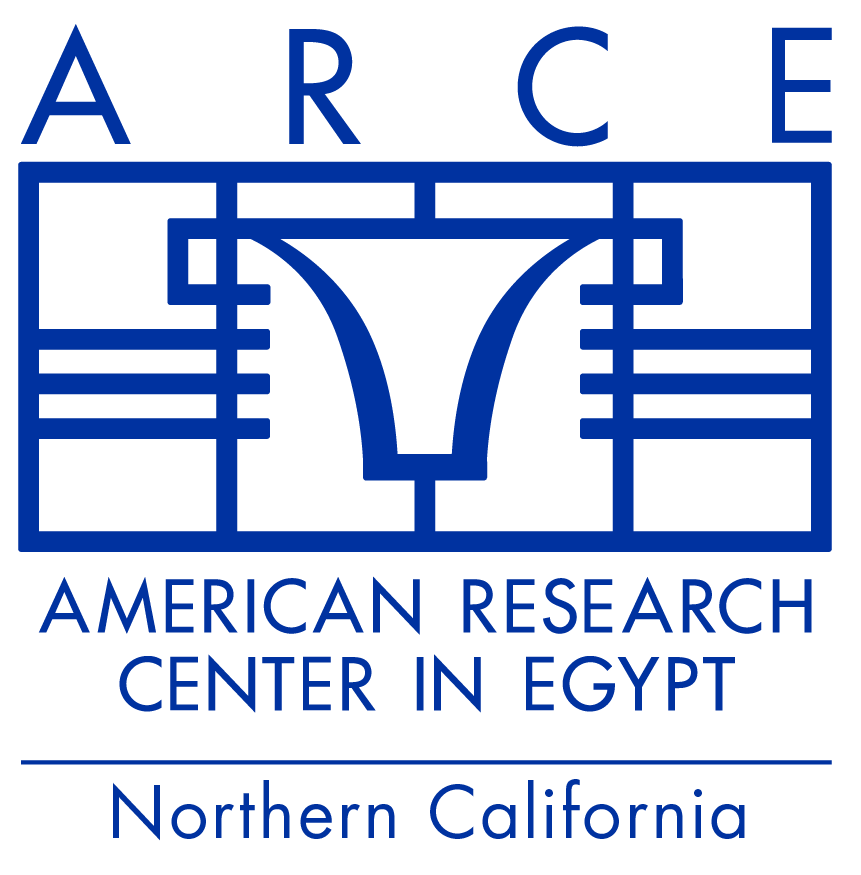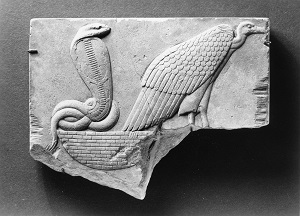
14
NovARCE Northern CA: Development of the Royal Titulary as a Reflection of Important Prehistoric Sites
Registration is required
Presented by: Dr. Ronald J. Leprohon
A registration link will be automatically sent to ARCE-NC members. Non-members may request a registration link by sending email with your name and email address via the email below.
- 3:00 PM PTNorthern California
- Zoom
- + Add to Calendar
Attendance is limited, so non-members, please send any registration requests no later than Friday, November 12.
About the Lecture:
Nebty Cobra and Vulture – Walters Art Museum #22.264. Limestone, circa 765 BC-AD 313 (Third Intermediate-Greco-Roman). Courtesy Wikimedia Commons.
Ever wonder what and who those two creatures decorating King Tutʼs headdress are? To answer our question, weʼll go back, way back, into the prehistoric periods, which will reveal an area usually — but perhaps wrongly — described as having two different material cultures, Upper Egyptian in the south and Lower Egyptian in the north.
As we journey through time, weʼll see the rise and fall of various cities and chiefdoms, ultimately leading to what is commonly referred as the “Unification of Upper and Lower Egypt” under one ruler. Weʼll have a look at how the ancients depicted these events and compare their version to the one offered by modern archaeologists.
The last portion of the presentation will demonstrate the various ways the rulers of the newly-formed country chose to represent themselves to their subjects, part of which exhibited a clever use of important prehistoric sites.
About the Speaker:
Dr. Ronald J. Leprohon graduated from Loyola College in Montréal (now Concordia University) in 1971, and received his Doctorate from the University of Toronto in 1980. He served as Education Officer and Project Egyptologist for the exhibition of the Treasures of Tutankhamun in Toronto in 1978-79. He has also done archaeological work in Egypt for both the Akhenaten Temple Project and the Dakhleh Oasis Project.
In 1981 he went to Cairo to become the first director of the Canadian Institute in Egypt, a branch of the Canadian Mediterranean Institute. He is Professor of Egyptology in, and past Chair of, the Department of Near and Middle Eastern Civilizations at the University of Toronto, and was the recipient of a University of Toronto Faculty of Arts and Science Outstanding Teaching Award in 2002-2003.
He has published close to 100 articles and reviews in scholarly journals, and has written a two volume study of the ancient Egyptian funerary stelae in the Boston Museum of Fine Arts. His book, The Great Name (Society of Biblical Literature, 2013), is a study of the three thousand-year history of the titulary of the pharaohs.
